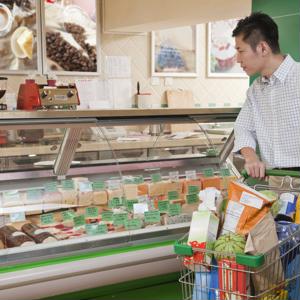When your store places an emphasis on private-label goods, it can become more than a place where people find their favorite brands of items. A retail outlet with its own lineup of exclusive products is a must-visit for loyal consumers. With allegiance to established producers wavering, the present moment is a great time to launch or revamp a private-label line and transform a store’s niche.
Designing your items’ packaging may be the pivotal step in convincing shoppers to give their time and money to own-brand products. Creating a great look will help your company stand alongside corporate competitors.
The own-brand opportunity
The Grocer recently reported from the Private Label Marketers Association show in Amsterdam, determining which trends are catching on with store owners. It’s clear the strategies behind house-brand products have gone beyond the traditional approach of closely resembling national brands and competing purely on price. For instance, your company can highlight eco-friendly messaging. If you can put green items on shelves, modern consumers’ interest in responsible buying may draw them to these goods. The Grocer indicated that sustainability can attract shoppers who don’t have traditional brand loyalty.
Labeling and packaging ready-made meals may be another way to make money on your own-brand products. The Grocer specified that chains around the world are experimenting with finished meals and kits stocked with a full spread of ingredients. These comprehensive options may take prepared foods labels to the next level.
An increasingly busy field
The Conversation recently highlighted just how active the private-label goods field has become in recent months. As an example, Australian chain Coles is interested in reaching 40 percent own-brand items on its shelves within the next five years. The impact of this decision will take time to fully comprehend. While the move to stock more of your own goods may improve your profit margins, your suppliers may be strongly opposed to such a change in focus.
According to The Conversation, the current market penetration of private-label products depends heavily on where in the world stores are located. North America and Australia are the stragglers in own-brand stock, at 17.7 percent and 18.1 percent respectively. In the U.K., 41 percent of supermarket sales come from private labels, with numbers ranging from 27 percent to 32 percent in most of mainland Europe.
When it’s time to start labeling products in-house, you’ll need equipment and materials. A high-quality label printer from Optimedia Labs is an essential part of your behind-the-scenes setup. Check out the selection on our U.S. site or Canadian page.
